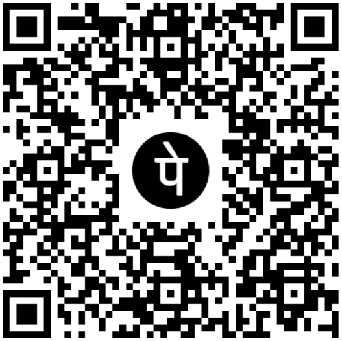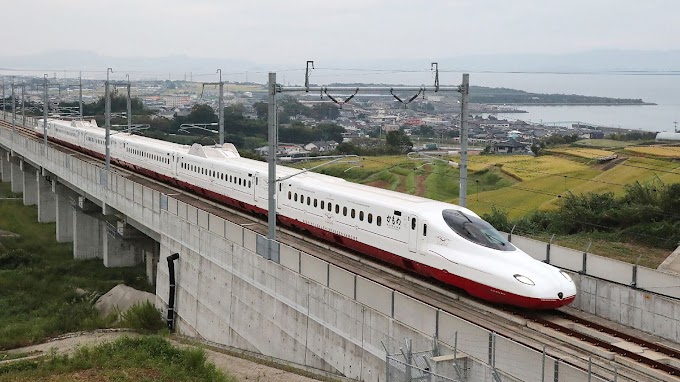Read more »
Dưới đây là bộ 20 câu trắc nghiệm đọc hiểu tiếng Anh chủ đề khác về Nhật Bản:
## 🚄 **Topic: Japan’s Transportation System**
### 📖 **Passage: Efficient and Modern Transportation in Japan**
Japan is known for having one of the most efficient and modern transportation systems in the world. The country has an extensive network of trains, buses, and subways that connect cities and rural areas. The famous **Shinkansen**, or bullet train, is a high-speed train that can travel up to 320 km/h (200 mph). It offers fast, comfortable, and punctual travel between major cities such as Tokyo, Osaka, and Kyoto.
Public transportation in Japan is very reliable and clean. Many people use trains and buses for daily commuting, especially in large cities. Stations are well-organized, with clear signs and announcements in multiple languages to help foreign travelers.
In addition to trains and buses, Japan also has a wide network of taxis and bicycle rentals, making it easy to get around even in smaller towns. The transportation system reflects Japan’s focus on punctuality, safety, and convenience.
### **Questions:**
1. What is Japan famous for in terms of transportation?
A. Long driving times
B. Efficient and modern transportation systems
C. Only bicycles
D. Old buses
✅ **Answer: B**
2. What is the Shinkansen?
A. A regular bus
B. A high-speed bullet train
C. A ferry
D. A bicycle
✅ **Answer: B**
3. How fast can the Shinkansen travel?
A. 100 km/h
B. 150 km/h
C. 320 km/h
D. 50 km/h
✅ **Answer: C**
4. Which cities are connected by the Shinkansen?
A. Tokyo, Osaka, Kyoto
B. Tokyo and Seoul
C. Osaka and Beijing
D. Kyoto and Shanghai
✅ **Answer: A**
5. What is a key feature of public transportation in Japan?
A. Unreliable and slow
B. Reliable and clean
C. Expensive only
D. Dangerous
✅ **Answer: B**
6. What do many people use trains and buses for?
A. Traveling abroad
B. Daily commuting
C. Only tourism
D. Sport
✅ **Answer: B**
7. How are train stations in Japan organized?
A. Messy and unclear
B. Well-organized with clear signs
C. Only in Japanese language
D. Small and hidden
✅ **Answer: B**
8. Why are announcements in multiple languages important?
A. To confuse people
B. To help foreign travelers
C. To make noise
D. To advertise products
✅ **Answer: B**
9. Besides trains and buses, what other transportation options exist in Japan?
A. Only cars
B. Taxis and bicycle rentals
C. Helicopters
D. Only walking
✅ **Answer: B**
10. The transportation system in Japan reflects the country’s focus on:
A. Punctuality, safety, and convenience
B. Speed and noise
C. Luxury only
D. Sports events
✅ **Answer: A**
11. What makes the Shinkansen popular?
A. Its slow speed
B. Fast, comfortable, and punctual travel
C. Low price only
D. Its food service
✅ **Answer: B**
12. Which is NOT true about Japan’s transportation?
A. It is modern
B. It is unreliable
C. It is efficient
D. It is clean
✅ **Answer: B**
13. What is the benefit of bicycle rentals in Japan?
A. Expensive travel
B. Easy to get around smaller towns
C. Dangerous rides
D. Slow transportation
✅ **Answer: B**
14. What is the primary purpose of public transportation in large Japanese cities?
A. Daily commuting
B. Entertainment
C. Sport
D. Education
✅ **Answer: A**
15. What type of trains besides the Shinkansen operate in Japan?
A. No other trains
B. Local and subway trains
C. Only bullet trains
D. No trains
✅ **Answer: B**
16. What is a major advantage of Japan’s transportation system for tourists?
A. Complicated routes
B. Clear signs and announcements in multiple languages
C. Expensive tickets
D. Only Japanese instructions
✅ **Answer: B**
17. What speed unit is used to describe Shinkansen’s speed?
A. Miles per hour (mph)
B. Kilometers per hour (km/h)
C. Meters per second
D. Feet per second
✅ **Answer: B**
18. Which of the following is true about taxi service in Japan?
A. It doesn’t exist
B. It complements other transportation options
C. It is only for tourists
D. It is the only way to travel
✅ **Answer: B**
19. What aspect is NOT emphasized in Japan’s transportation system?
A. Safety
B. Noise
C. Punctuality
D. Convenience
✅ **Answer: B**
20. The Shinkansen helps connect:
A. Small villages only
B. Major cities quickly
C. Only rural areas
D. Airports only
✅ **Answer: B**
---
Bạn muốn mình tạo file PDF hoặc Google Form từ bộ câu hỏi này không?
















0 Reviews